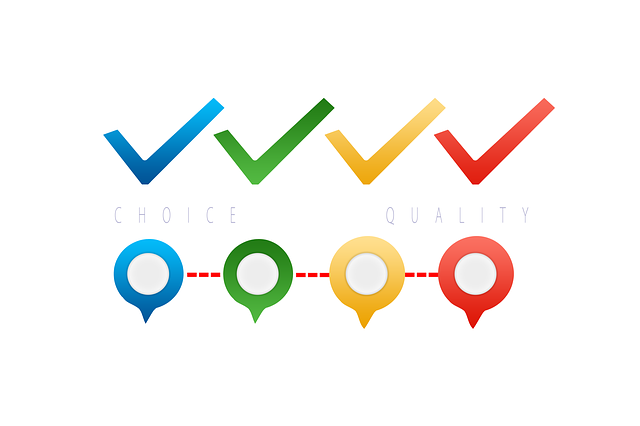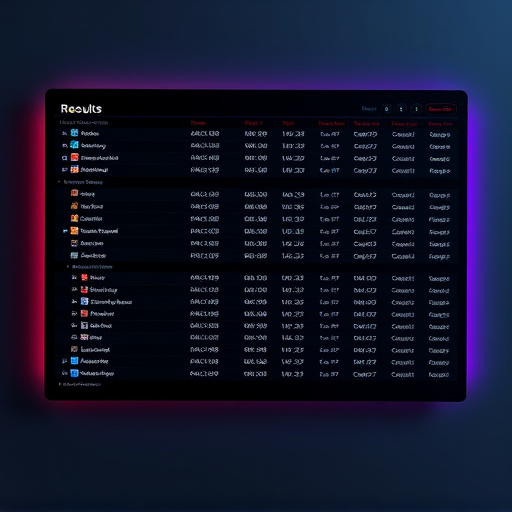The Economic Benefits Analysis (EBA) highlights the financial advantages of installing cold air intake (CAI) systems in vehicles, focusing on substantial MPG gains and reduced fuel costs. CAIs draw in colder, denser air for enhanced combustion efficiency, resulting in up to 10% improvement in fuel economy. By employing EBA, businesses can make strategic decisions that balance initial costs against long-term operational savings, environmental benefits, and improved vehicle performance, ultimately enhancing profitability through sustainable fuel-saving practices.
Economic benefits analysis is a powerful tool for unlocking significant financial savings, especially in the automotive sector. This article delves into the intricate world of understanding economic benefits analysis, with a specific focus on cold air intake and its impact on improving miles per gallon (MPG) to achieve fuel-saving gains. We explore practical applications, offering insights on how individuals can optimize their vehicles for maximum efficiency and cost reduction through strategic modifications.
- Understanding Economic Benefits Analysis: Unlocking Financial Savings Potential
- Cold Air Intake and MPG Gains: A Fuel-Saving Strategy
- Practical Application: Optimizing Your Vehicle for Maximum Efficiency and Cost Reduction
Understanding Economic Benefits Analysis: Unlocking Financial Savings Potential

Economic Benefits Analysis (EBA) is a powerful tool that helps businesses and individuals understand the financial advantages of their decisions, especially when considering modifications like cold air intake systems in vehicles. By focusing on MPG gains and fuel-saving strategies, EBA provides insights into how these changes can lead to significant cost savings over time. This type of analysis goes beyond initial costs by examining operational expenses, maintenance, and long-term performance.
Unlocking the potential financial savings from such upgrades is a strategic move in any economic benefits assessment. It encourages a shift from short-term spending to sustainable investment, ensuring that every decision contributes to overall cost efficiency. With EBA, businesses can make informed choices, leading to improved profitability and a reduced environmental footprint.
Cold Air Intake and MPG Gains: A Fuel-Saving Strategy

Cold Air Intake (CAI) systems have emerged as a popular modification among vehicle enthusiasts, offering more than just improved engine sound. The primary function of a CAI is to draw in colder and denser air from outside the engine compartment, enhancing the combustion process. This simple yet effective strategy can lead to significant MPG gains, making it an attractive option for those looking to improve their vehicle’s fuel efficiency.
By allowing a larger volume of oxygen-rich air to enter the engine, CAI promotes more efficient burning of fuel. This results in better torque and power outputs while also reducing fuel consumption. Studies show that properly designed CAIs can increase mileage by as much as 10%, depending on various factors such as driving conditions, vehicle age, and make. As a cost-effective fuel-saving measure, CAI installations have become increasingly popular among both performance enthusiasts and those seeking to reduce their carbon footprint.
Practical Application: Optimizing Your Vehicle for Maximum Efficiency and Cost Reduction

In today’s economic climate, businesses and individuals alike are constantly seeking ways to optimize their spending and enhance efficiency. One often overlooked area for significant savings is vehicle maintenance and performance. A practical application that demonstrates this is the integration of a cold air intake system. This relatively simple modification offers substantial fuel-saving benefits, with potential MPG gains of up to 10%. By allowing cooler, denser air into the engine, it enhances combustion efficiency, reducing fuel consumption and minimizing emissions.
Furthermore, regular servicing and the adoption of eco-friendly practices can substantially reduce operational costs. For instance, ensuring optimal tire pressure not only improves fuel efficiency but also prevents costly punctures or wear and tear. Similarly, simple adjustments like using a vehicle’s cruise control during highway driving can prevent excessive speeding, thereby saving on both fuel and potential fines. These strategies collectively contribute to a more sustainable and cost-effective transportation system.
In conclusion, understanding economic benefits analysis is key to unlocking significant financial savings, particularly through strategies like cold air intake, which can lead to substantial MPG gains. By optimizing your vehicle for maximum efficiency and cost reduction, you not only enhance its performance but also contribute to a greener, more economical future. Implementing these fuel-saving tactics can prove to be a game-changer, ensuring both economic and environmental benefits.














